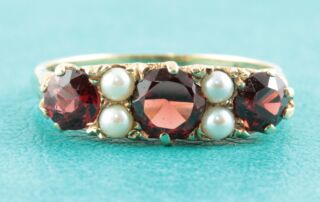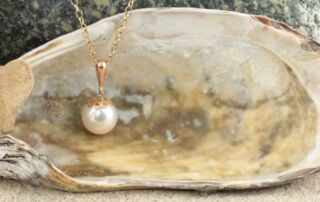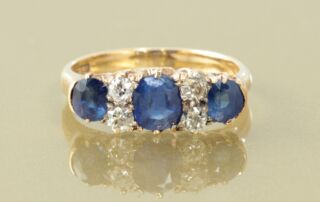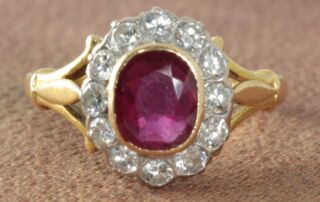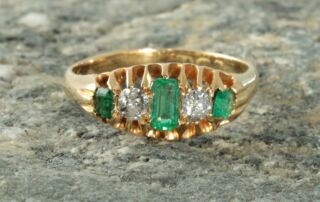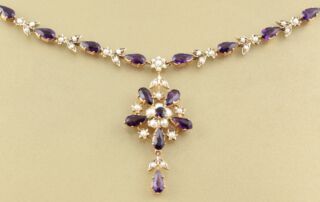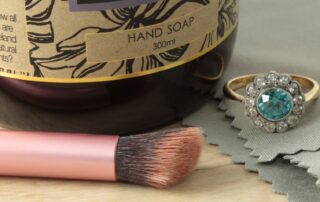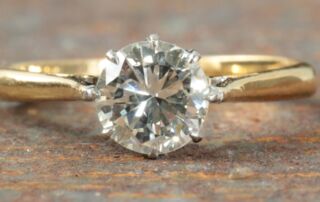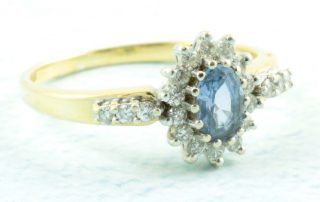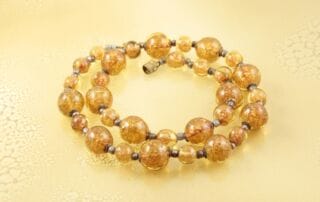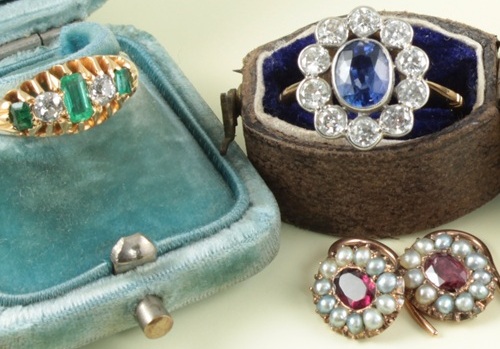Garnet
Garnet Garnet derives its name from the Latin word "granatus" which means seed or grain. This is because of the rounded crystals of the gemstone and their similarity to the red kernels of the pomegranate fruit. It also takes its name from the 14th-century English word "gernet" which means dark red. Garnet is the [...]

